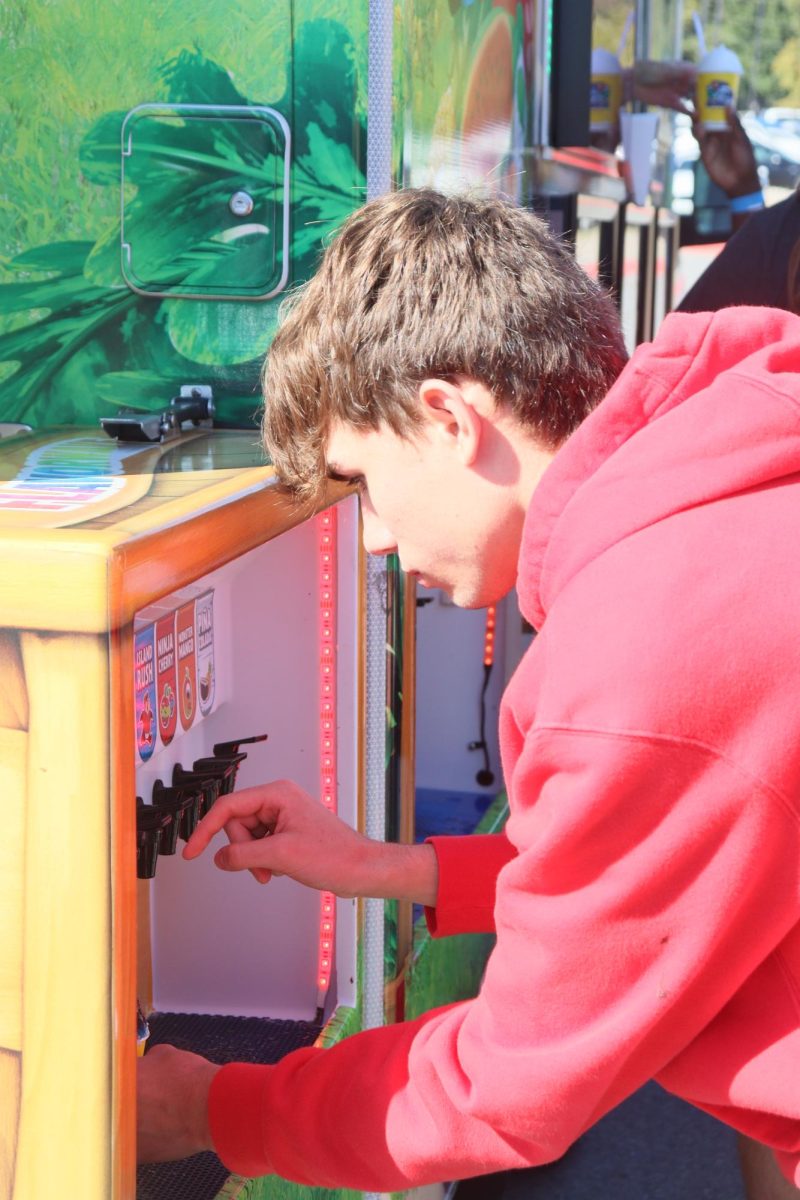“A Wrinkle in Time” or a Waste of Time
Tinseltown from the view of a side mirror.
April 24, 2018
Disney is known for their ability to entrance audiences, taking them away from the leather recliners and silenced phones and transporting them to a world where anything is possible if you just believe. When Disney took up the challenge of creating an almost unfilmable book, Madeleine L’Engle’s “A Wrinkle in Time” had the chance to be a stellar interpretation of space travel and family bond, but the two hours of screen time brought nothing more than boredom and confusion.
The film started off with the explanation to Meg Murray (Storm Reid) about how love does not disappear, it only becomes enfolded, before meeting her adopted brother, Charles Wallace (Deric McCabe). The film then moves on to a teenage Meg and elementary-aged Charles’ on the anniversary of their dad, Dr. Murray’s (Chris Pine), disappearance.
Taking sudden, confusing turns in plot, Charles Wallace guides Meg and a boy from school, Calvin O’Keefe (Levi Miller) to meet Mrs. Whatsit (Reese Witherspoon), Mrs. Who (Mindy Kaling) and Mrs. Which (Oprah Winfrey), where they explain to Meg that her father had “tessered” to another planet, light years away. Within seconds, Meg made the decision to try and tesser and begin the search for her father.
Bending and folding the universe, Meg, Calvin and Charles Wallace follow the Misses around to different planets, talking to flowers and meditating in order to find where Dr. Murray is, seeming more and more rushed. While Mrs. Which tried to tesser the gang back to Earth in order to regroup and plan, Meg’s will to find her dad redirected the tesser to the planet where villain“It” lives, which only cluttered the storyline further as the rules of tessering were not really talked about. “It” is the cause of hatred and negative emotions in people on Earth, slowly transforming people into monsters.
Upon arrival to the planet, the Misses leave Meg, Calvin and Charles Wallace to fend for themselves, suddenly weakened by the constant tessering, even though they showed no prior symptoms of being tired out. The misses warn them of the dangers and tricks of “It”, and within ten minutes, Charles Wallace is taken over by “It” and challenges Meg and Calvin’s ability to resist “It”’s ability to control people. Once Charles Wallace is taken over, the movie starts to plunge to rock bottom instead of slowly sinking.
As if the film had not already become a rushed jumble of moments and predictable lines, the moment Charles Wallace was taken over, the movie reached the point of no return. The flow from scene to scene was spotty and distracting, taking away from the overall appeal of the movie.
The best parts of the movie did not come from the acting and visual effects, because there was so much going on that it was hard to focus on the actual storyline. The best parts of the movie came from costuming, casting and the director being a woman of color. The Misses had a plethora of impressive costume changes, showing an almost ridiculous attention to detail.








